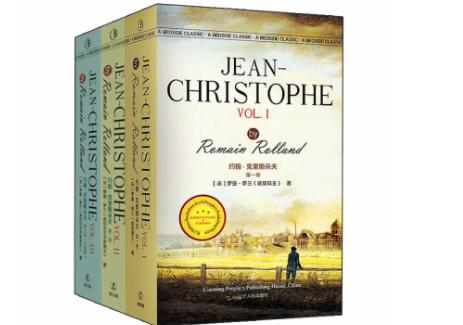Creative novel titles are an essential aspect of any successful book. A good title can capture a reader's attention, convey the tone of the book, and generate interest in the story.

1. The Midnight Library
2. The Lost City of Z
3. The Invisible Life of Addie LaRue
4. The Memory Keeper's Daughter
5. The Nightingale
6. The Book Thief
7. The Immortal Life of Henrietta Lacks
8. The Girl with the Dragon Tattoo
9. The Hunger Games
10. The Fault in Our Stars
11. The Great Gatsby
12. The Catcher in the Rye
13. The Color Purple
14. The Handmaid's Tale
15. The Picture of Dorian Gray
16. The Sun Also Rises
17. The Old Man and the Sea
18. The Alchemist
19. The Kite Runner
20. The Glass Castle
21. The Help
22. The Lovely Bones
23. The Secret Life of Bees
24. The Time Traveler's Wife
25. The Bell Jar
26. The God of Small Things
27. The Joy Luck Club
28. The Poisonwood Bible
29. The Shack
30. The Stand
31. The Road
32. The Martian
33. The Hunger Artist
34. The Hand of Ethelberta
35. The House of Mirth
36. The Portrait of a Lady
37. The House on Mango Street
38. The Brief Wondrous Life of Oscar Wao
39. The Namesake
40. The Picture of Dorian Gray
41. The Red Badge of Courage
42. The Scarlet Letter
43. The Sound and the Fury
44. The Things They Carried
45. The Trial
46. The Unbearable Lightness of Being
47. The Wind-Up Bird Chronicle
48. The Bell Jar
49. The Color Purple
50. The God of Small Things
In this article, we'll explore what makes a great novel title and provide some examples of creative titles that have stood the test of time.
First and foremost, a great novel title should be memorable. It should be something that sticks in the reader's mind and makes them want to pick up the book. A memorable title can be achieved through the use of alliteration, puns, or other literary devices. For example, "Gone with the Wind" by Margaret Mitchell or "The Catcher in the Rye" by J.D. Salinger are both memorable titles that have become classics.
Another important aspect of a great novel title is that it should convey the tone of the book. If the book is a mystery, the title should be intriguing and mysterious. If the book is a romance, the title should be romantic and evocative. For example, "The Girl with the Dragon Tattoo" by Stieg Larsson or "The Notebook" by Nicholas Sparks both convey the tone of their respective books.
Creative novel titles can also be used to generate interest in a story. They can be provocative, controversial, or even shocking. For example, "The Handmaid's Tale" by Margaret Atwood or "American Psycho" by Bret Easton Ellis both generated controversy and interest due to their provocative titles.
Finally, a great novel title should be unique and original. It should stand out from the hundreds of other titles on the bookshelf and make readers want to learn more about the story. For example, "The Time Traveler's Wife" by Audrey Niffenegger or "The Immortal Life of Henrietta Lacks" by Rebecca Skloot are both original and unique titles that have become popular with readers.
In conclusion, creative novel titles are an essential aspect of any successful book. A great title should be memorable, convey the tone of the book, generate interest in the story, and be unique and original. By following these guidelines, authors can create titles that capture the attention of readers and help their books stand out in a crowded market.






